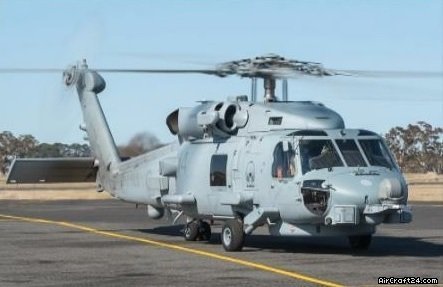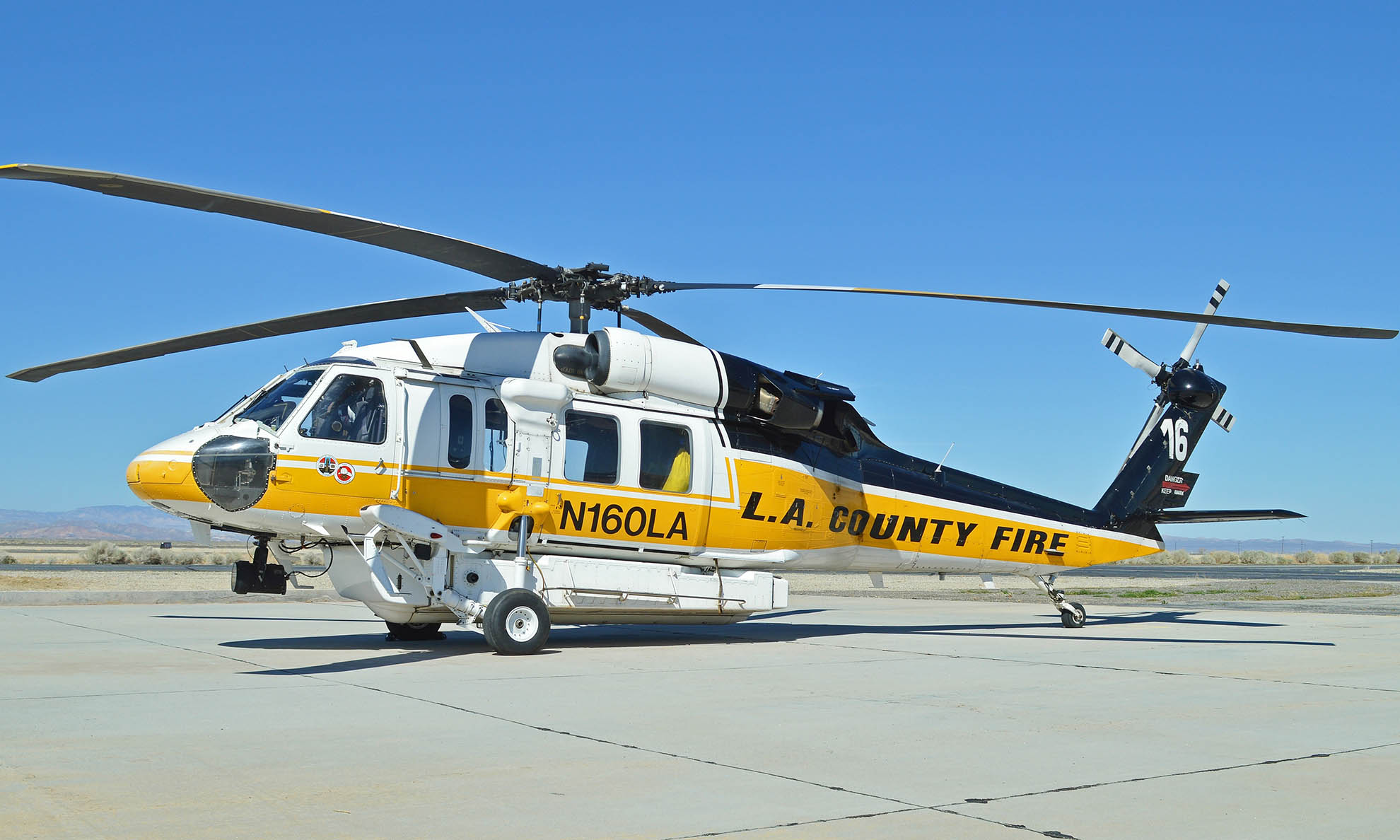Revealing the Sikorsky S 70: Technologies and Advancements in Helicopter Engineering
Revealing the Sikorsky S 70: Technologies and Advancements in Helicopter Engineering
Blog Article
Rotary-Wing Aircraft Offering Superior Sturdiness and Accuracy Design
In the world of air travel, rotary-wing aircraft have actually long been acknowledged for their unique abilities in various operational settings. As we explore the complex equilibrium in between development and dependability in rotary-wing aircraft, it ends up being obvious that the merging of sophisticated innovation and tested style principles has established a new criterion for performance and effectiveness in the aerospace sector.
Development of Rotary-Wing Modern Technology
Throughout the background of aviation, the evolution of rotary-wing innovation has actually been a testimony to continual innovation and advancement in aerial design. From the very early days of vertical flight with fundamental styles to the innovative helicopters and other rotary-wing airplane these days, the development in this field has been amazing.
In the very early 1900s, pioneers like Igor Sikorsky and Juan de la Cierva made considerable strides in rotary-wing innovation. Sikorsky's VS-300 helicopter, very first flown in 1939, noted a pivotal moment in the development of useful rotary-wing aircraft. This success led the way for additional improvements in vertical flight abilities.

Today, rotary-wing aircraft play crucial roles in various fields, consisting of army procedures, emergency medical solutions, legislation enforcement, and business transport. The development of rotary-wing technology remains to press the borders of what is possible in vertical flight, ensuring that these airplane continue to be vital possessions in the aeronautics industry.
Products and Construction Innovations
Showing a fusion of advanced products and accurate construction techniques, rotary-wing aircraft have actually gone through significant innovations in toughness and performance. One of the crucial advancements in products used for rotary-wing aircraft is the increasing application of composite products. These materials, such as carbon fiber enhanced polymers, offer a high strength-to-weight ratio, improving both the architectural honesty and general efficiency of the aircraft. Additionally, innovations in producing processes have actually enabled even more exact and elaborate building of rotary-wing elements, adding to boosted the rules of aerodynamics and performance.
In addition, the combination of advanced coatings and surface therapies has actually played a crucial duty in enhancing the durability of rotary-wing airplane. These coatings provide protection versus deterioration, abrasion, and severe climate condition, prolonging the life-span of the airplane and minimizing maintenance needs.
In regards to building and construction developments, additive manufacturing, also known as 3D printing, has transformed the production of complicated parts for rotary-wing aircraft. This innovation enables quick prototyping and customization, causing much faster growth cycles and lowered expenses. Overall, the continuous evolution of products and construction methods is driving the capacities and performance of rotary-wing airplane to new heights.
Precision Flight Control Solution

The assimilation of GPS innovation further improves the precision and dependability of these systems, allowing for specific navigation, waypoint monitoring, and automated flight control. sikorsky s 70. This degree of precision not just enhances the safety and security of rotary-wing operations yet likewise boosts overall functional efficiency and goal effectiveness
In addition, the continuous innovations in man-made knowledge and equipment learning have helped with the advancement of self-governing flight capacities within Accuracy Trip Control Solution. This makes it possible for rotary-wing aircraft to carry out complex missions with exceptional precision and uniformity, making them crucial assets in a variety of applications, consisting of military operations, search and rescue objectives, and aerial digital photography.
Toughness in Testing Settings
In requiring functional settings, rotary-wing airplane demonstrate exceptional strength and robustness, making sure optimum efficiency under tough environmental problems. These airplanes are developed to endure a large range of ecological variables, consisting of extreme temperatures, high winds, and rough terrain, making them appropriate for numerous goals in diverse landscapes.
One crucial variable adding to the resilience of rotary-wing aircraft is their rugged building. These aircraft are built using top quality materials and advanced engineering techniques to enhance their structural stability and integrity. Additionally, components such as rotor blades, engine systems, and touchdown gear are meticulously click for info designed to withstand the strains and tensions come across throughout procedures in challenging settings.
Furthermore, rotary-wing aircraft are equipped with advanced onboard systems that keep track of efficiency metrics in real-time, permitting aggressive maintenance and early discovery of possible problems - sikorsky s 70. This proactive strategy assists avoid unexpected failings and guarantees the continued airworthiness of the airplane in demanding functional setups. In general, the resilience of rotary-wing airplane in difficult environments is a testimony to their exceptional design and style, making them essential properties for different mission-critical procedures
Maintenance and Integrity Specifications
The adherence to stringent upkeep and reliability criteria is critical in making certain the optimal efficiency and safety of rotary-wing airplane. Normal maintenance checks, performed by certified professionals, are necessary to recognize and deal with any kind of potential problems prior to they compromise the airplane's capability. These checks encompass a thorough examination of all important components, including the engine, get more blades system, avionics, and hydraulic systems, to assure that they are in prime working problem.
In addition, adherence to scheduled maintenance periods according to manufacturer guidelines is vital for upholding the aircraft's dependability. This positive strategy helps avoid unforeseen malfunctions and makes certain that the aircraft remains airworthy for its designated objectives. Furthermore, the execution of durable integrity standards, such as routine component testing and substitute based upon fixed lifecycles, better boosts the airplane's stability.
Conclusion

To conclude, the improvements in rotary-wing airplane modern technology have caused remarkable durability and accuracy design. With cutting-edge products and building and construction strategies, in addition to accuracy flight control systems, these aircraft can run in tough settings with raised integrity. The maintenance and dependability standards ensure that these rotary-wing airplane proceed to do at their finest, making them necessary possessions for various industries.
Showing a combination of innovative materials and specific building and construction methods, rotary-wing aircraft have actually gone have a peek at these guys through significant advancements in longevity and efficiency. One of the essential innovations in products used for rotary-wing airplane is the boosting use of composite materials.With meticulous focus to detail and progressed technological assimilation, rotary-wing aircraft have actually embraced Accuracy Flight Control Systems as a cornerstone of their functional excellence. In general, the resilience of rotary-wing airplane in challenging settings is a testament to their premium engineering and layout, making them essential properties for various mission-critical procedures.
In conclusion, the improvements in rotary-wing airplane innovation have actually led to superior sturdiness and precision design.
Report this page